Nutritional information printed on our food labels is designed to help us make more informed decisions about what we are eating, but just because a product has the word “natural” or “organic” plastered on it, that doesn’t mean it’s earned its health halo or five-star rating.
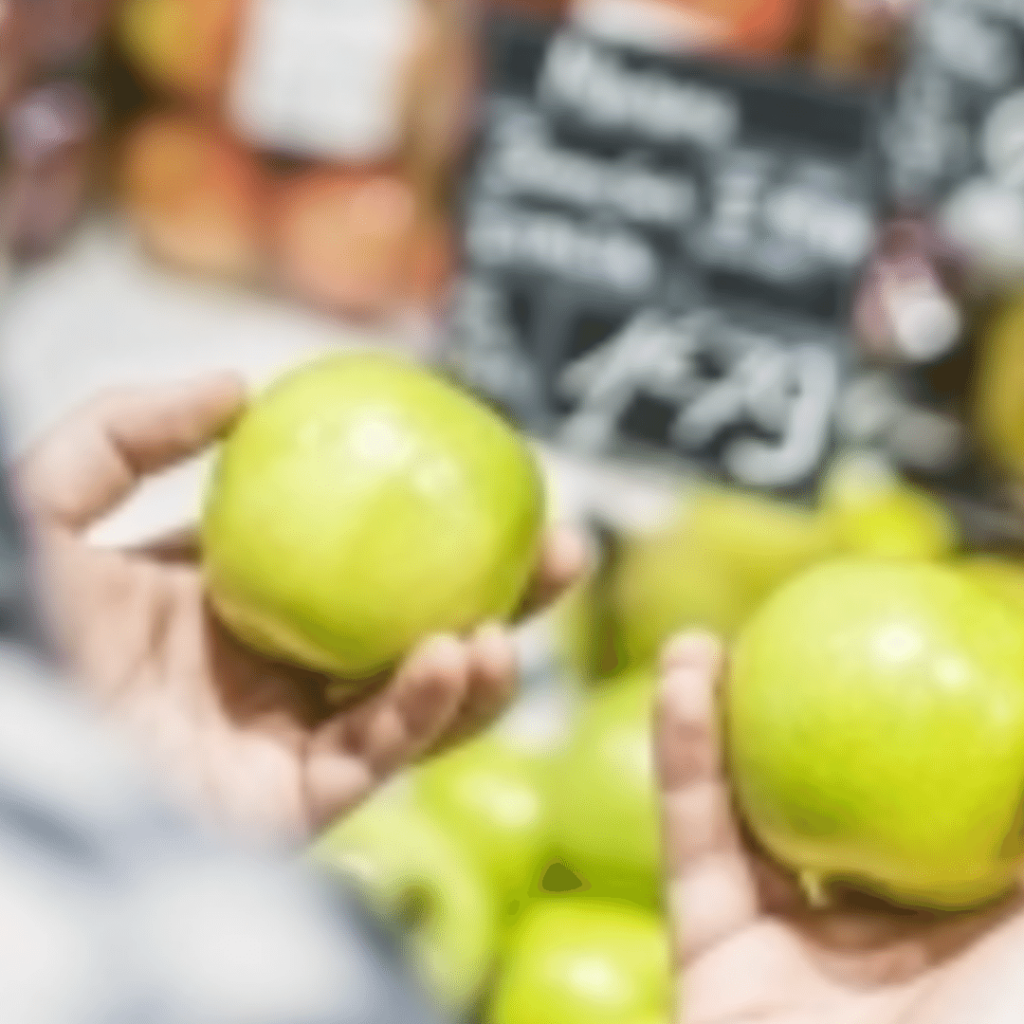
Watch out for those big red ticks of healthiness, they don’t always equal healthy. The food marketing industry is huge, and there are products out there that are labeled ‘healthy’ such as muesli bars that contain more sugar than a chocolate bar.
Go straight to the back of the packet and bypass the misleading information on the front.
– you have to look at the actual ingredients in the product. This is more important than the nutritional information panel.
The ingredients are listed in order of quantity, from highest to lowest. If the first ingredients include refined grains, sugar, or hydrogenated oils, put it back on the shelf, this product will not support your health.
Look for whole food ingredients that you recognise. To give your body the best nourishment eat foods with minimal ingredients, minimal human intervention, less numbers and more whole foods.
The Nutritional Information Panel ‘NIP’, includes how much energy, protein, fat, carbohydrate, fiber, and sodium is in a product.
It will indicate both per serve and per 100g. Be mindful of how many serves are in a packet, just because you could easily eat it in one sitting doesn’t necessarily mean it is one serve.
It is important to consider how much you actually eat of that food in one serving and how your portions compare to the recommended serving size. When comparing similar products always use the per 100g column so you are comparing apples for apples.
Sugar
Most NIPs refer to sugar in grams, 1 teaspoon = 4 grams of sugar. It is recommended that adults eat no more than about seven teaspoons of sugar a day.
As a guide, food that has 15g or more per 100g is considered high in sugar. Anything under 5g of total sugar per 100g is low.
Fat
Not all fat is created equally, some fats like olive oil can be very beneficial to our health and other fats can be detrimental.
Avoid trans fat, they are often listed as hydrogenated oils in the ingredients and are used to make things like margarine.
MORE POSTS YOU MAY LIKE
PIN FOR LATER
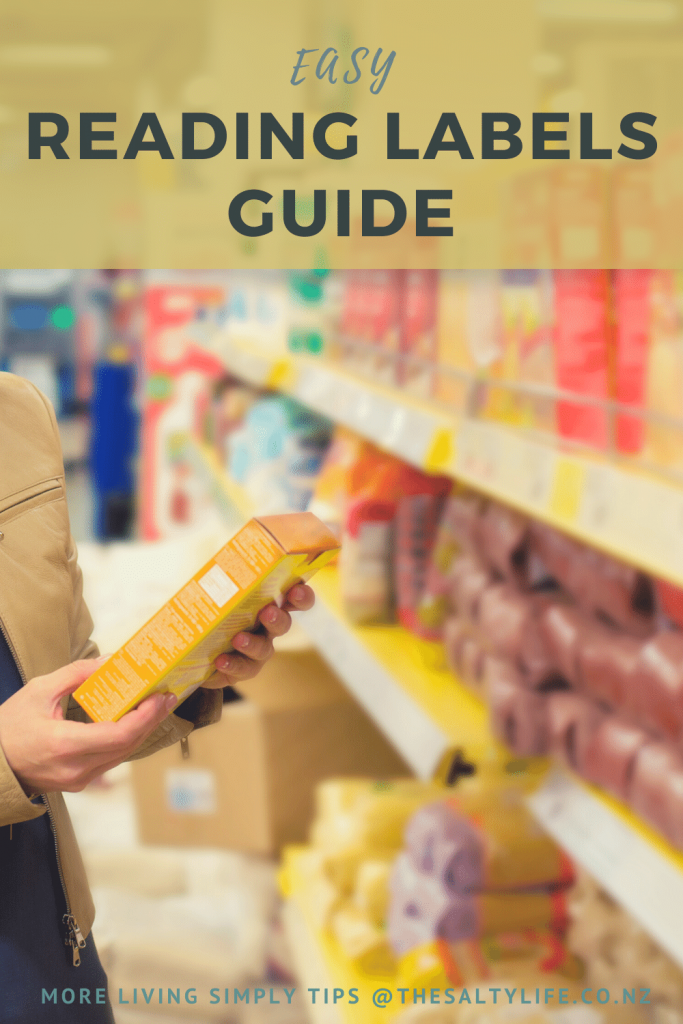
You might also like
If you make a recipe and love it, I would love it if you gave it 5 stars! Tag me on Instagram @thesaltylifenz with your delicious creation.
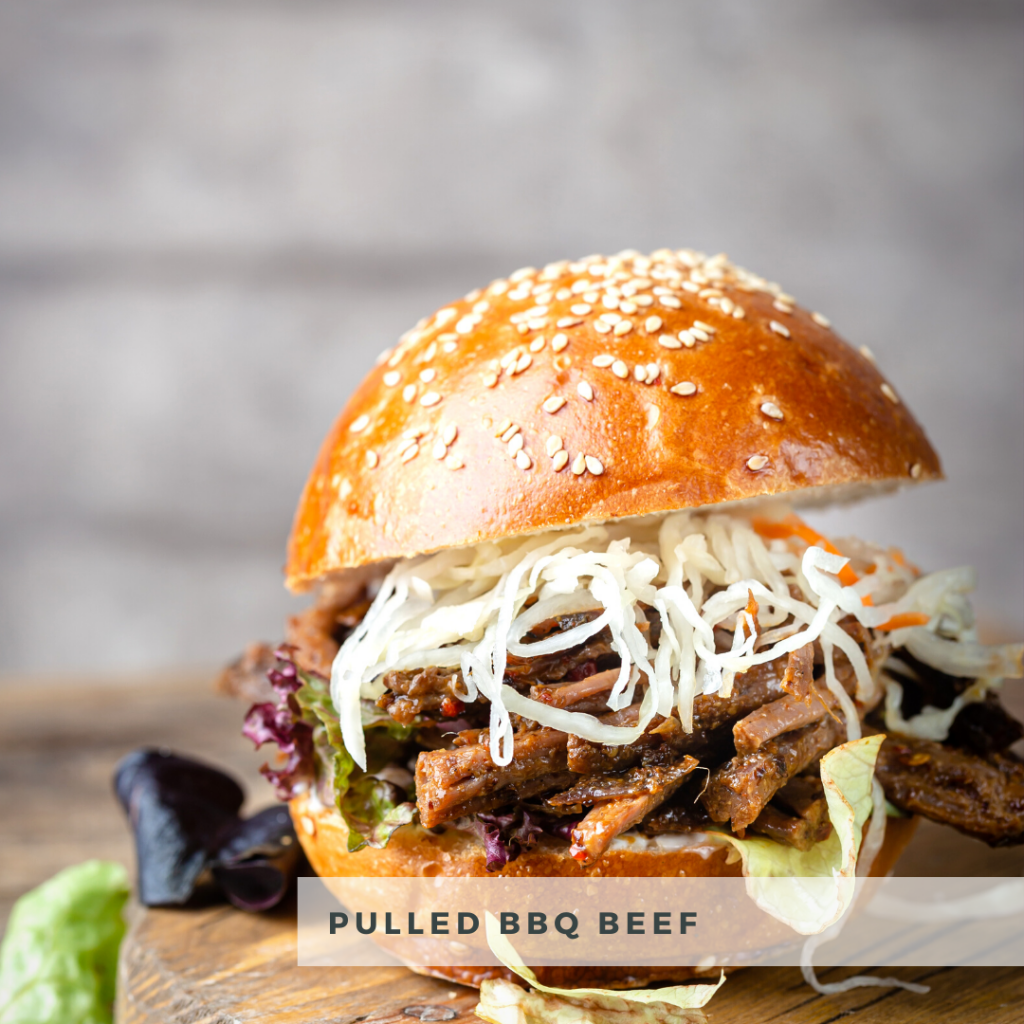
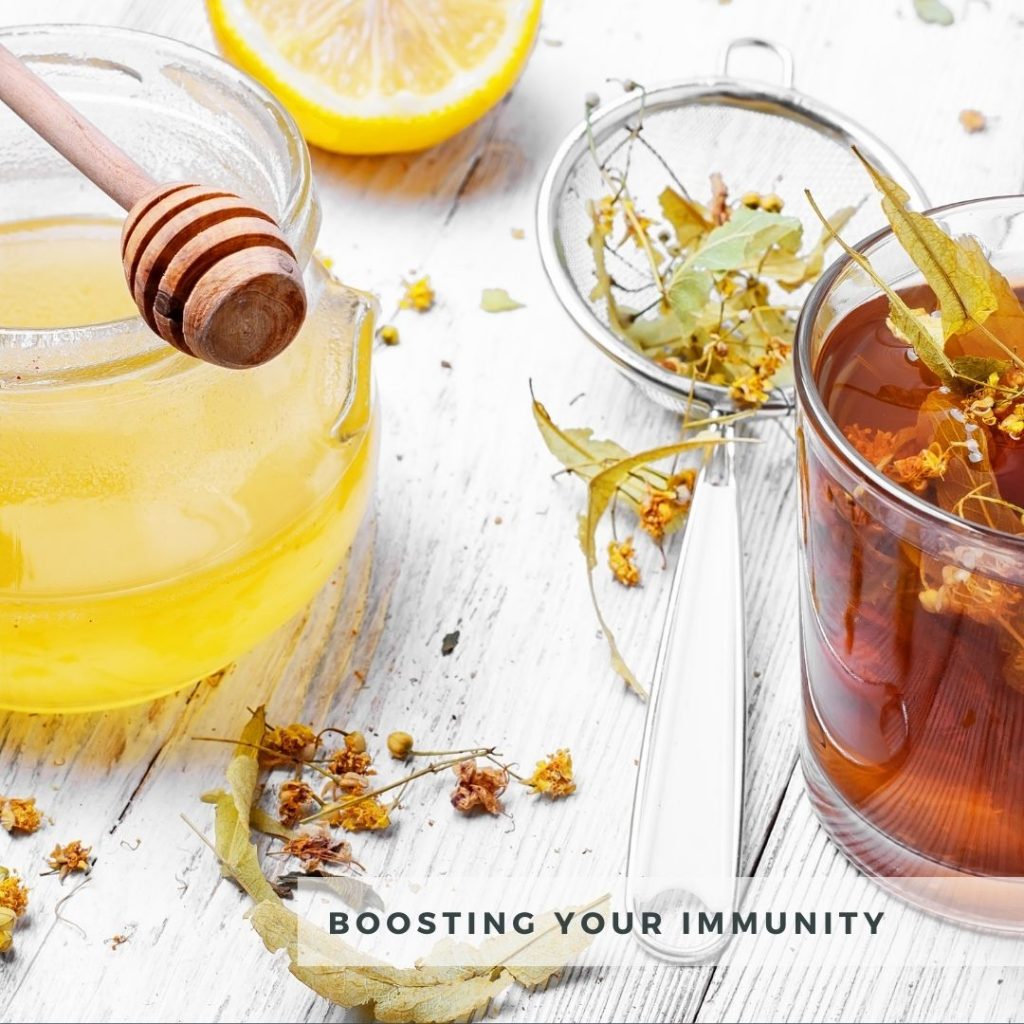
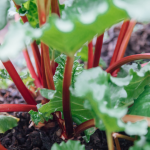
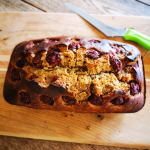
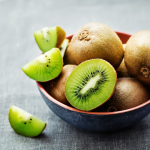
Leave a Reply